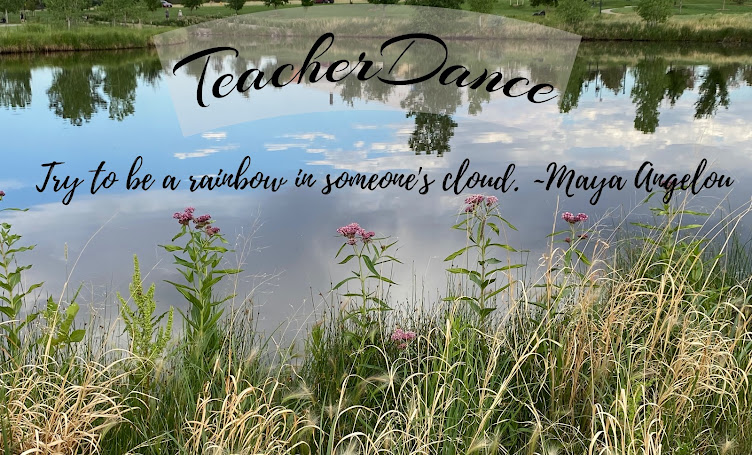 |
| art by Sarah S. Brannen |
I don't remember who shared this book recently but I'm grateful I read the post, then ordered it immediately from my library. It is so interesting, a wonderful story of NEW earth, a new habitat to study. Thank you!
Loree Griffin Burns begins the story with a young child reading with his mother. Immediately intriguing, the reader is not introduced to the volcanic eruption that spawned this new island near Iceland, but to the scientist/child who became an expert on it, especially about its insects. His name is Erling Ólafsson and when he was fourteen, a volcano nearby erupted and an island emerged. That island is eventually named Surtsey. Burns explains the background of the name and also shares that she will include Icelandic names and their pronunciations occasionally. Surtsey comes from the volcano's name, Surtur, the Icelandic God of Fire, thus "Surtur's Island".
What I liked:
- The explanation of the geology in this area and the under-ocean mountain range that holds volcanoes, thus this eruption that occurred after thousands of years of dormancy.
- The thread that held the story together through keeping Erling Ólafsson's part in the observations throughout the island's history at the fore. He landed the job of spending a first three-month summer at age 21, after finishing college with a degree in biology. His work, discoveries and mentoring of others heighten the interest as the story shows beginnings and the changes that occur throughout the years. And, it is a wonderful example for students of the painstaking observations done by scientists in the field.
- Explanations of all the observations and life as a scientist on the island, including photograph after photograph, showing more details.
- Explanations of the lava and its changes.
- Additional information in appendices, a glossary, added resources, a bibliography, and an index.
 |
| Ólafsson and another scientist out to collect species |
The Scientists In The Field series is quite amazing. I would hope that many make their way into classrooms.


I have got to get this book! It looks fascinating.
ReplyDeleteI enjoyed it thoroughly, Margie. Hope you do, too!
DeleteI love seeing what other people are reading. There's so much to explore and new things to discover. It's great that nfpb's aren't lacking in topics.
ReplyDeleteI so agree, Earl, much fun to learn a little bit from other's reviews and then perhaps read the whole book! I have learned a lot these past years from our sharing. Thanks!
DeleteIt's on my TBR list too!
ReplyDeleteTerrific, and enjoy!
DeleteThanks for sharing this book and series. Fortunately, this book is on order at my library, and they have many of the others in the series. I look forward to checking it out.
ReplyDeleteTerrific. I'm on hold for "Crow Smarts", hoping to get it soon!
DeleteI've always been intrigued by Iceland - never been - but really want to visit. I shall be on the lookout for this one. :)
ReplyDeleteThanks, Myra. The friends I know who have visited have loved every bit of their trips. The book is intriguing!
Delete